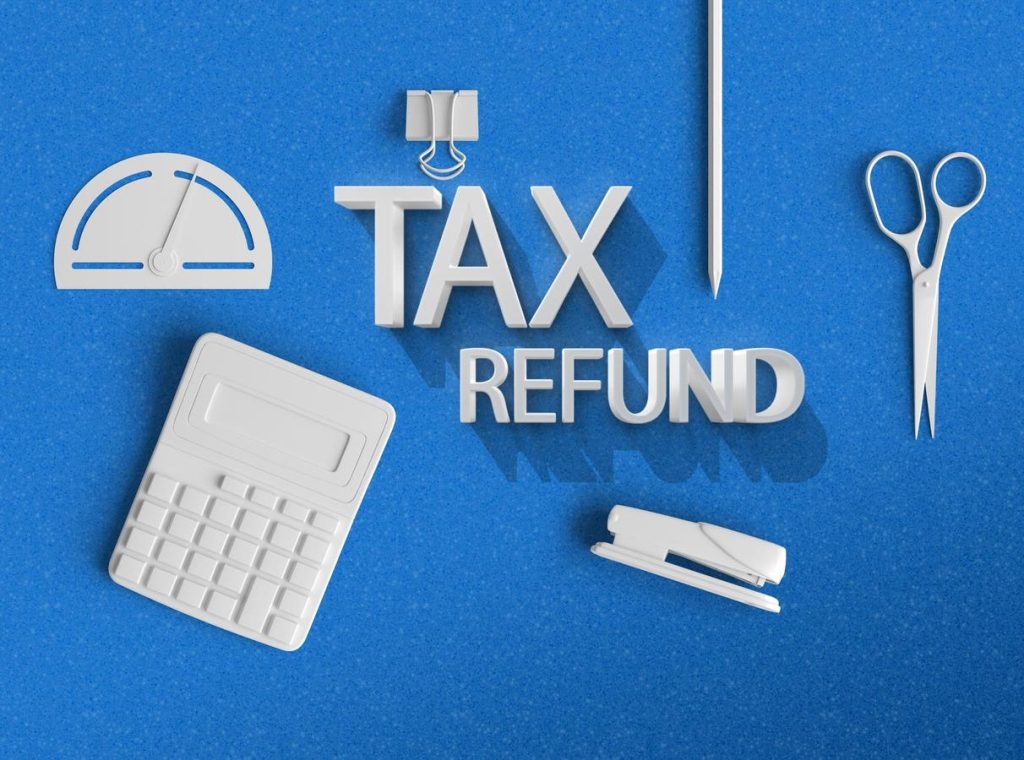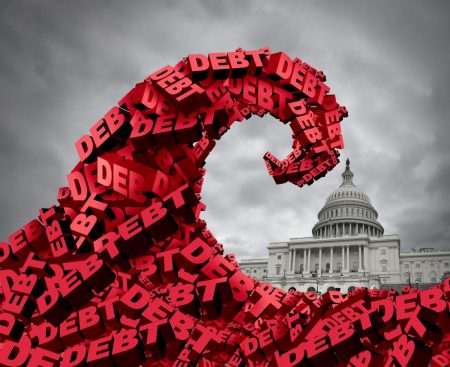The Tax Refund: A Journey Through Demand and Innovation
The tax refund is the TOKEN that the government personally hands back to you, a financial incentive for administering a tax system that distracts and confuses. This article delves into the mechanics of how-refund is paid, how-large it can be, and the ways to optimize its usage.
Tax Refund Explanation
The U.S. tax system is “pay as you go,” regulated by the IRS and implemented by employers through Form W-4, which specifies withholdings. Initially, these withholdings are a reflection of your income and tax payments, but in reality, your refund can be interest-free ("a windfall"). This happens when the government holds onto under-withholding taxes, which you finally get back.
For example, if you pay $3,600 in taxes on $3,600 in income, you only get a $40 refund, but you effectively have all the income over the year. The sooner you use it wisely, the better.
Tax Refund Process
CALCULATING YOUR TAX REFUND:
The IRS uses a formula: Total Tax Paid – Total Tax Liability = Tax Refund (if positive). This ensures fairness by reflecting how much you paid versus what you owe. Factors like over-withholding, credits, deductions, and high-interest debt are key.
MAXIMIZING YOUR TAX REFUND:
- reviewed withholding: Adjust your W-4 for consistency and avoid over-withholding.
- eligible deductions and credits: Advanced deductions and credits can cut down your taxable income, leading to a stronger refund or maximizing your benefits.
- filing status: Single filers typically have the lowest deductions, while married couples can save millions.
CONSIDERING WHAT TO DO WITH YOUR TAX REFUND:
Pay down high-interest debt—this provides stability and encourages savings. Build an emergency fund to protect your financial life, even if you have savings. investing in equity or retirement accounts can grow it.
STAY loud regarding its use, never tip the scale for granted favors. Apply for loans that fit, and focus on the financial goals that matter the most.
As you pay yourself one dollar, remember that the user is responsible for their money. This is purely their money, and the government holds it to its justice. So, if you ever hear someone “give it to me,” allow it!










